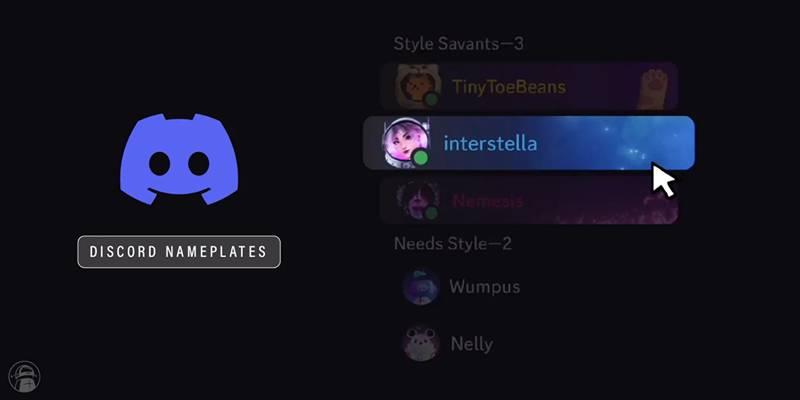How to Convert SWF Files to Animated GIF
Advertisement
SWF files used to be everywhere. If you've been on the internet long enough, you probably ran into Flash games, banners, or cartoons that ran in a browser, thanks to Adobe Flash. Now that Flash is gone, SWF files are stuck in limbo. You can't open them in most modern browsers, and many people don't have the old Flash Player lying around.
But converting it into a GIF is a smart move if you've got an old SWF file you want to preserve or share—especially something like a looping animation. GIFs work everywhere, from social media to messaging apps, and you don't need special software to play them. Here's how to do it.
Tools to Convert SWF Files to GIF
Swivel
Swivel is a free tool from Newgrounds. It was made specifically to convert SWF files into high-quality video files, which you can turn into GIFs using a video-to-GIF converter. While it doesn't export directly to GIF, it's often used as the first step because it keeps the quality sharp and frame rate intact. It's a good choice if your SWF is a cartoon or animation with synced audio.
GIF Brewery by Gfycat (Mac Only)
If you have a video version of your SWF (like from Swivel or screen recording), GIF Brewery makes it easy to trim, crop, and export it to GIF. You can tweak frame rate and resolution and even add overlays. It's intuitive and Mac-native, but it doesn’t handle SWF files directly—you’ll need a workaround step like video conversion.
Adobe Animate

If you still have access to Adobe Animate (the modern version of Flash), you can import SWF files and export them in other formats. You can create a GIF using Photoshop or any GIF converter. It's not free, but if you're already in the Adobe ecosystem, it's one of the cleaner ways to handle older Flash files.
Online-Convert.com
This is one of the few online tools that accepts SWF files directly. Upload the SWF, set output to GIF, and download. It works, though file size and playback duration can affect the result. No software is needed, which makes it quick—but it's also hit-or-miss depending on the complexity of your file.
ScreenToGif
This free Windows tool records whatever is happening on your screen and saves it directly as a GIF. If you have an SWF file playing in a standalone Flash Player or older browser, just hit record. It's great for short clips and gives editing tools right after recording, so you can trim, caption, and resize before exporting.
FFmpeg
FFmpeg is a command-line tool that can do pretty much anything with audio and video. It doesn’t support SWF directly for all types, but if your SWF is a video-like file (not interactive), FFmpeg might be able to extract the frames and convert them to a GIF in one go. It takes some technical knowledge but is powerful and works on Windows, macOS, and Linux.
iSpring Free Cam + Ezgif
This is a two-step method. iSpring Free Cam lets you record your screen while the SWF animation is playing. You can then save that recording as a video file. After that, use Ezgif or any other online GIF converter to turn the video into a GIF. It's a decent workaround if the original SWF doesn't convert easily or has interactive elements that must be captured live.
Wondershare UniConverter

Wondershare UniConverter supports a wide range of formats and includes screen recording and format conversion tools. It can record your SWF animation if it's playing in a standalone player, then trim and export it as a video or GIF. It's a paid tool that offers a smooth user interface and plenty of conversion options.
Ruffle (with Screen Recording)
Ruffle is a Flash Player emulator that runs SWF files in modern browsers without needing the old Adobe plugin. It doesn't convert files directly but is perfect for viewing SWF content today. Pair it with a screen recording tool like OBS Studio or ScreenToGif; you can capture the animation as it plays. Then, convert that recording into a GIF. This method is great for interactive or complex SWFs that don't convert cleanly with traditional tools.
How to Convert SWF to GIF Using Swivel + Ezgif
Let’s walk through the process using Swivel and Ezgif, a common two-step method. Swivel converts your SWF into a readable video format, and Ezgif turns that video into a GIF.
Convert SWF to Video with Swivel
Download and install Swivel from the Newgrounds website.
Open the app and load your SWF file. Swivel auto-detects dimensions and frame rate and lets you pick your output format—usually MP4.
Hit "Export" and wait for it to process. You'll then have a high-quality video version of your animation.
Swivel is hands-off unless you want to adjust advanced settings like bit rate or background color. It's good at preserving timing and keeping animations smooth. Once you have your video, you're ready for the second step.
Convert Video to GIF with Ezgif
Go to ezgif.com and click on the “Video to GIF” tab.
Upload the video file you just got from Swivel.
Adjust start time, duration, frame rate, and size. Keep the resolution close to the original for the best quality, but remember that large GIFs can take longer to load.
Hit “Convert to GIF.” After processing, you’ll get a preview and the option to download.
Conclusion
Turning old SWF files into animated GIFs keeps those animations alive—especially now that Flash is gone for good. Whether it's an old web cartoon or a quirky animation you made years ago, converting it to GIF gives it a second life. You can post, text, or archive it in a way that works with today's devices. Some tools like Swivel offer high-quality preservation, while others like Ezgif keep things simple and online. Try out the best method that fits your workflow—and don't toss those old SWFs. They've still got life left in them.
On this page
Tools to Convert SWF Files to GIF Swivel GIF Brewery by Gfycat (Mac Only) Adobe Animate Online-Convert.com ScreenToGif FFmpeg iSpring Free Cam + Ezgif Wondershare UniConverter Ruffle (with Screen Recording) How to Convert SWF to GIF Using Swivel + Ezgif Convert SWF to Video with Swivel Convert Video to GIF with Ezgif ConclusionAdvertisement
Related Articles

9 Notion Formulas That Will Make Your Databases Smarter and More Efficient

Vivaldi 7.2 Brings Faster Performance and Smarter User Controls

Experience Smarter AI Assistance with Trae’s New GPT-4.1 Integration

Real Reasons to Convert Video Files and Make Them Work Better

Mastering SlideDeck: A Complete Guide to Building Sliders in WordPress

Effortless Ways to Enjoy iPod Videos on Your Television

Nameplates and Animated Usernames Arrive in Latest Discord Update

Runway Gen-4 Turbo Transforms AI Video Creation with Fast Output

Step-by-Step Guide to Google Business Profile Success

10 Free eCommerce Tools to Help You Launch Your Online Store with Ease

Quick and Easy Ways to Record Your iPhone Screen

 knacksnews
knacksnews